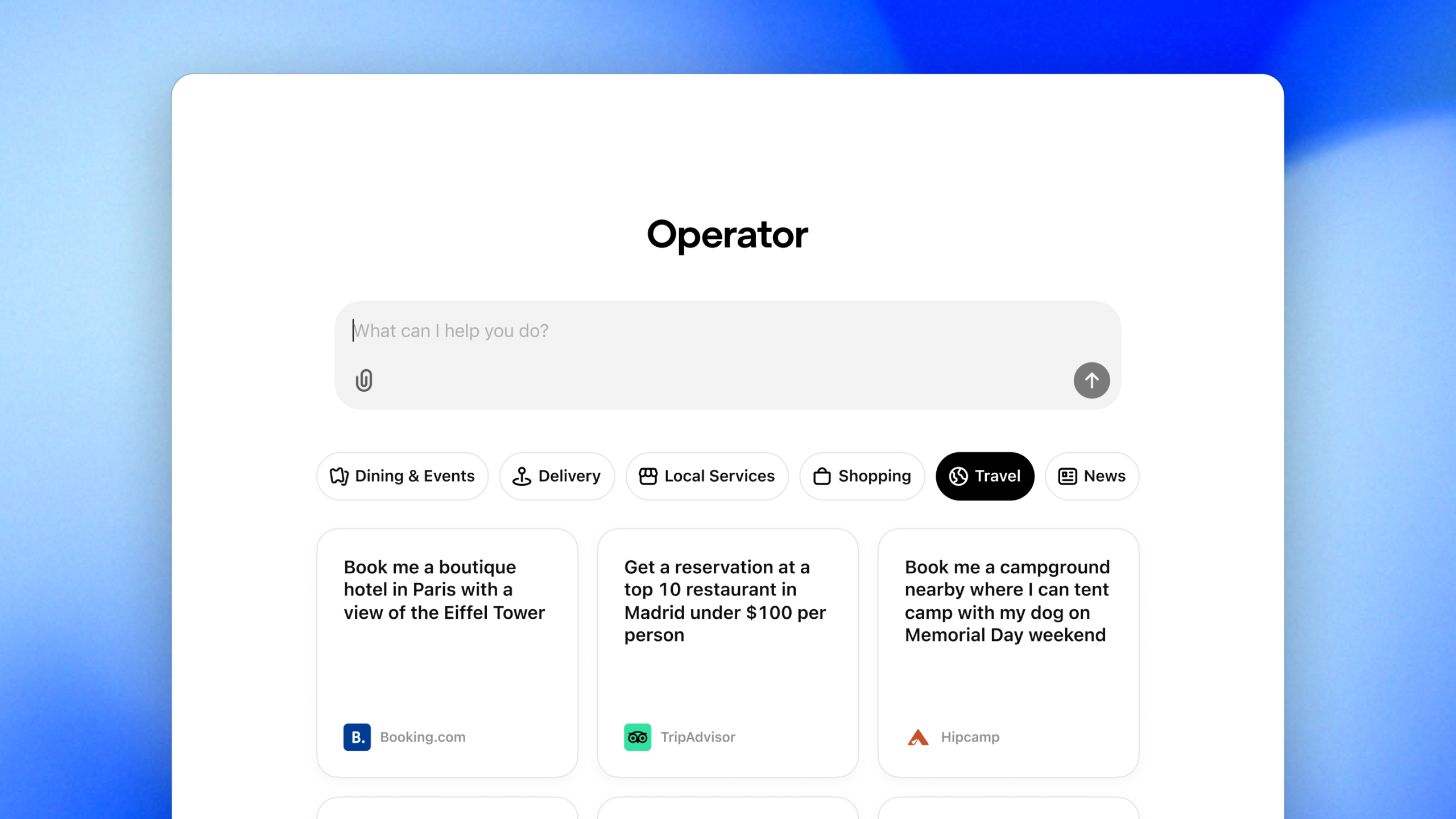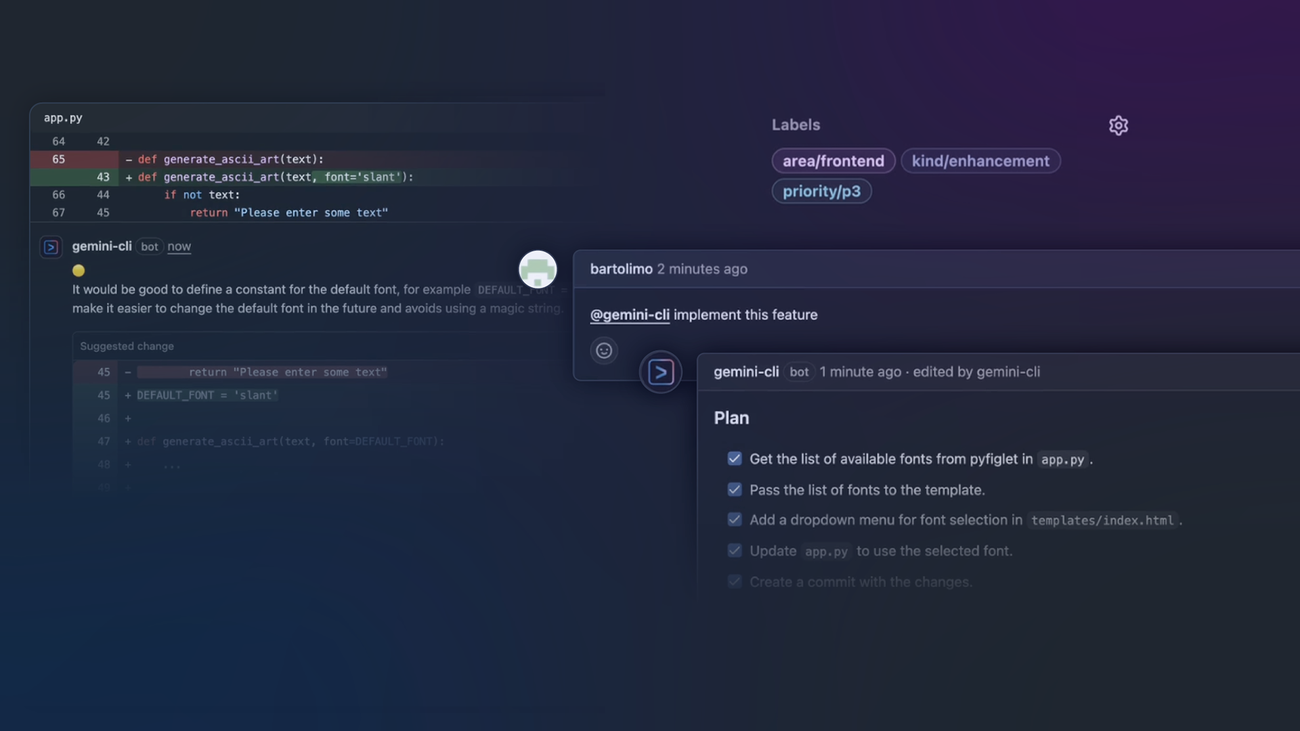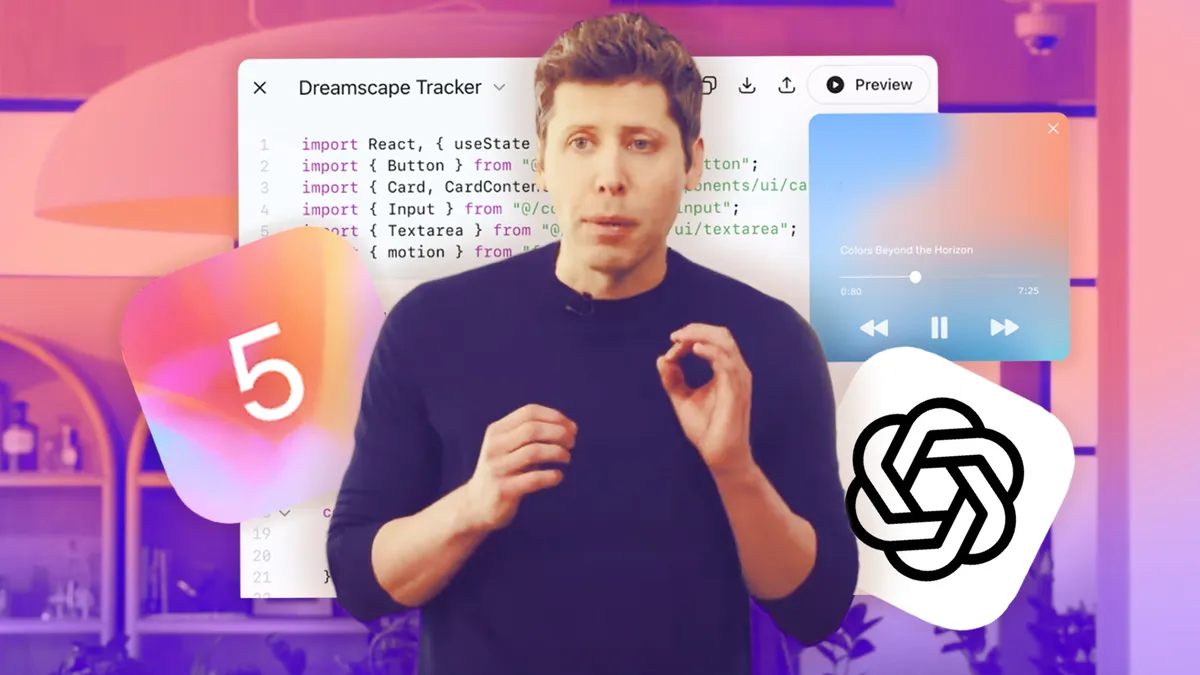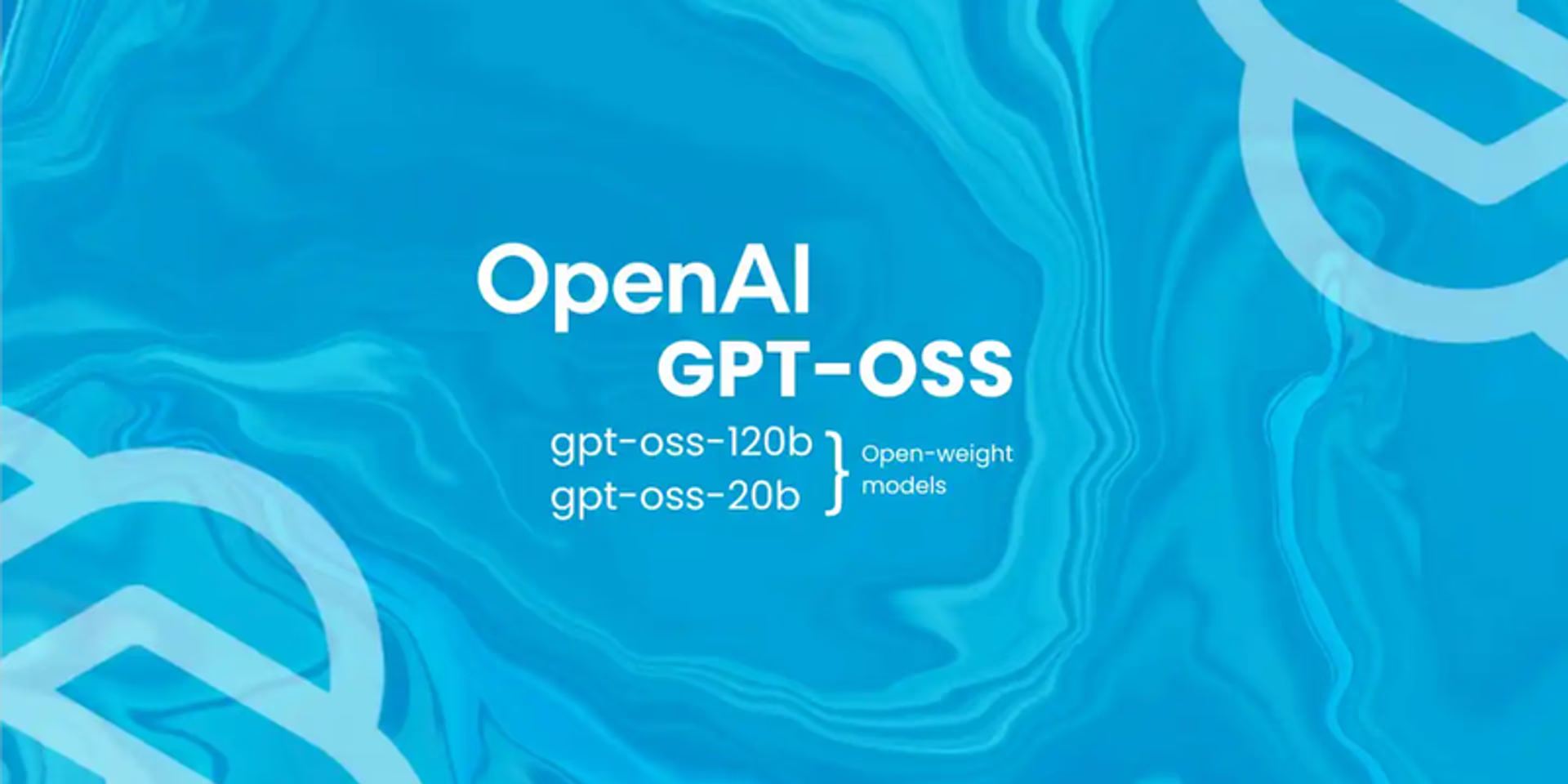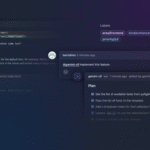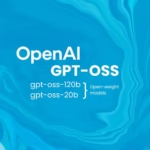OpenAI has taken a significant leap into the world of autonomous AI agents with the release of Operator, a groundbreaking tool designed to handle repetitive web tasks seamlessly. Positioned as a research preview, Operator is initially available to Pro users in the U.S., with plans for broader access in the future. This marks OpenAI’s first concrete foray into creating agents capable of independently executing actions on the web.
What is Operator?
Operator is an AI-powered agent capable of interacting with web browsers as a human would. It leverages OpenAI’s Computer-Using Agent (CUA) model, which combines advanced vision and reasoning capabilities. This allows Operator to handle tasks such as filling forms, booking travel, ordering groceries, or creating personalized workflows—all without needing specialized APIs or human intervention.
Instead of passively delivering information, Operator transforms AI into an active participant in digital workflows, setting a new standard for automation.
Key Features of Operator
1. Task Automation and Versatility
Operator can independently execute a variety of tasks, such as:
- Booking flights or hotels.
- Shopping online.
- Making restaurant reservations.
- Automating repetitive workflows like restocking groceries or scheduling deliveries.
Users initiate tasks by providing instructions, and Operator takes over, performing actions like navigating menus, clicking buttons, and filling out forms. Tasks can run simultaneously, akin to multitasking in a traditional browser.
2. User Control and Collaboration
While Operator is designed for autonomy, user control is prioritized. Key features include:
- Takeover Mode: When sensitive data entry (e.g., payment or login details) is required, Operator defers to the user to ensure security.
- Approval Mechanism: Operator seeks user confirmation for significant actions, such as finalizing purchases or submitting forms.
- Watch Mode: On sensitive platforms like email or banking sites, Operator requires active user supervision.
3. Customizable Workflows
Users can tailor Operator’s behavior to suit specific needs. For example, preferences for particular airlines or stores can be preconfigured for recurring tasks.
4. Safety-First Design
OpenAI has implemented robust safety mechanisms to prevent misuse:
- Adversarial Detection: Operator resists manipulation from malicious prompts or phishing attempts.
- Monitoring System: Suspicious activities trigger automatic task pauses.
- Data Privacy Options: Users can delete browsing data, log out from sites, and opt out of data sharing for model training.
How Operator Works
Operator operates through a standalone browser integrated into its interface. By utilizing GPT-4o’s vision capabilities and reinforcement learning, it navigates web pages much like a human user. This includes interpreting graphical user interfaces (GUIs) and performing interactions like clicking, scrolling, and typing.
Its ability to “see” through screenshots and interact directly with web elements allows it to function without requiring businesses to offer dedicated APIs. This makes Operator widely compatible with existing digital infrastructures.
Limitations and Challenges
Despite its potential, Operator is still a research preview and comes with notable limitations:
- Restricted Task Scope: Operator struggles with highly complex interfaces, such as managing intricate calendar systems or creating detailed presentations.
- Human Supervision Needs: Tasks involving sensitive data or critical decisions often require user intervention.
- Task and Usage Caps: Dynamic limits are imposed on the number and complexity of tasks it can perform simultaneously, which resets daily.
- CAPTCHA and Authentication: Operator defers to users when encountering CAPTCHAs or password fields.
Partnerships and Real-World Use Cases
OpenAI has collaborated with major companies like DoorDash, Instacart, Priceline, and Uber to optimize Operator for real-world tasks. This collaboration ensures compliance with service terms while enhancing customer experiences. Additionally, Operator’s utility extends beyond consumer applications; OpenAI is exploring public sector uses with organizations like the City of Stockton, aiming to streamline civic engagement processes.
A New Era for AI Agents
The launch of Operator underscores OpenAI’s ambition to redefine digital automation. Unlike earlier virtual assistants like Siri or Alexa, Operator represents the next evolutionary step, enabling AI to take tangible actions on behalf of users. This is not without risks—autonomous web agents could be exploited for malicious purposes, such as phishing or fraudulent activities. However, OpenAI’s layered safeguards demonstrate its commitment to deploying this technology responsibly.
What’s Next for Operator?
OpenAI plans to expand Operator’s capabilities and availability:
- Broader Access: Rollouts for Plus, Team, and Enterprise users are in the pipeline.
- API Integration: Developers will soon gain access to CUA, enabling them to create their own autonomous agents.
- Enhanced Functionality: Future updates aim to support more complex workflows and integrate Operator into the core ChatGPT interface.
By addressing user feedback and refining the model, OpenAI envisions a world where AI agents become indispensable digital allies.
Conclusion
With Operator, OpenAI has set the stage for a transformative shift in how people interact with digital systems. By blending autonomy, user control, and robust safeguards, Operator not only redefines task automation but also lays the foundation for a new era of AI-powered productivity. As adoption grows and capabilities expand, Operator could become the gold standard for AI agents.

